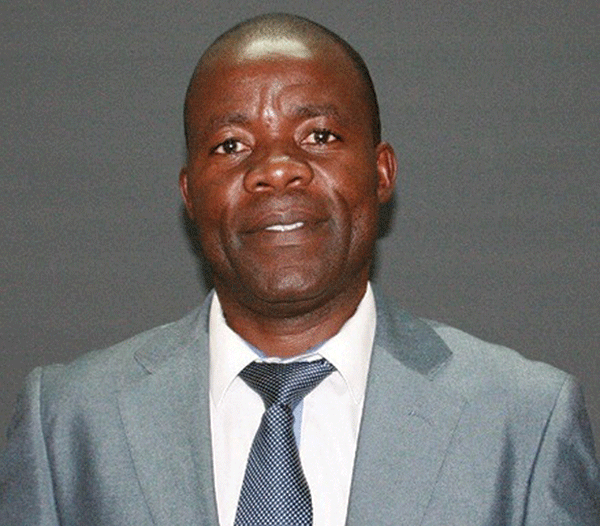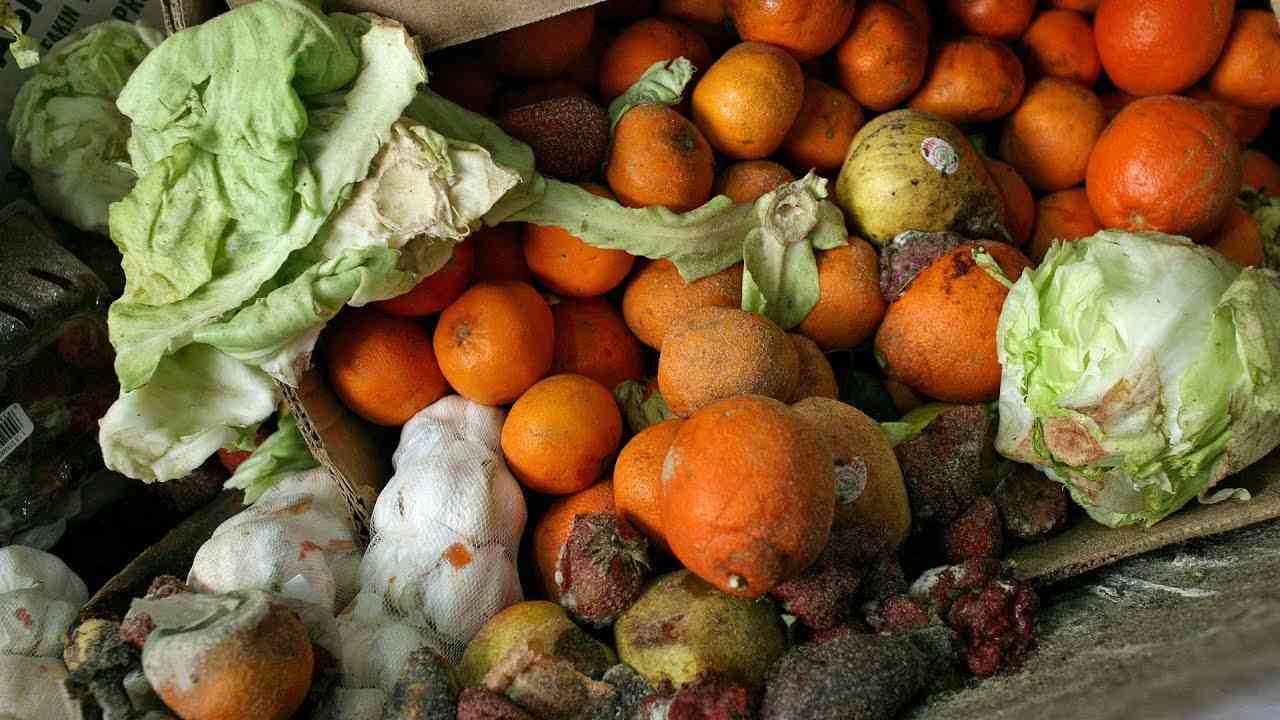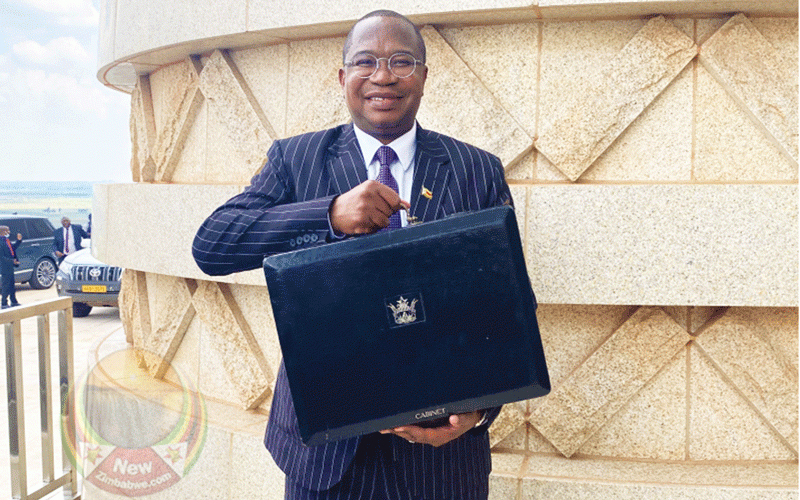
BY Charles Dhewa UNFAIR trading practices have continued to characterise African agriculture and food systems for decades. Determining and setting prices for agricultural commodities remains a big challenge in most African countries including local markets where the majority of farmers, traders and consumers depend for their food and income. There have not been convincing answers to questions like: Who determines pricing, packaging, measurement and supply of commodities in food markets?
How fair is setting uniform commodity prices for the country?
Borrowing best practices from developed countries where the context is different, African policymakers have for decades been obsessed with setting uniform prices for major food commodities at national level. However, there is need for a decent conversation in different communities to figure out the extent to which prices of particular food commodities can be uniform throughout the country. While the law of averages might make sense as part of making food prices uniform across the country, that can also induce unfair trade.
From a recent survey conducted by eMKambo in Uganda and Zimbabwe mass food markets, most farmers and traders indicated that setting a uniform price for agricultural commodities for the whole country is a recipe for unfair trading because production practices are not standard in different production zones. Some soils are fertile while others need supplementation with basal fertilizers. In the same country, the way sorghum or any crop is produced differs by district due to inputs used by local farmers. Where farmers use animal manure and others use anthill fertile soils, costs associated with digging and applying these inputs onto the land are often not taken into account.
There are strong views that due to different climatic conditions, supplies have to be carefully coordinated towards enhancing fair trade. If that is not done, a pocket of potatoes that costs US$7 in one community can be sold for double that price in another community which is far from the potato production zone. Paying attention to differences in agroecological regions can assist in preventing speculative pricing. This is where efficient distribution systems can address unfair trading practices by ensuring commodities are available in areas of deficit at fair prices.
Drivers of unfair trade in African economies
Principles of fair pricing are often lacking because the majority of farmers and consumers cannot tell the difference between a fair price and an unfair one due to information asymmetry, among other push factors. For instance, a trader who travels from the city to buy groundnuts or sorghum in rural areas can easily set prices for farmers using prices in urban markets where pricing mechanisms are also very questionable. If the cost of getting reliable market information becomes too high for the majority of farmers, it contributes to unfair trading practices as those with information on prevailing market prices end up setting rules of the game for everyone. Many farmers have never seen the market in action to be able to acquire state-of-the-art knowledge on market behaviour including price-setting mechanisms. In the majority of African mass food markets, price-setting can take 30 minutes to one hour early in the morning when the market opens.
Addressing information asymmetry empowers farmers to negotiate prices with diverse buyers and determine the value of their commodities. The presence of diverse actors in one market also tends to exacerbate unfair trading practices. For instance, every African food market has micro actors like smallholder farmers, medium-scale farmers and traders as well as big farmers and traders who can set prices for all small actors including consumers. Big actors with access to finance can influence market operations as well as those who bring huge volumes of commodities at once to muscle out smallholder farmers with fewer volumes.
- Chamisa under fire over US$120K donation
- Mavhunga puts DeMbare into Chibuku quarterfinals
- Pension funds bet on Cabora Bassa oilfields
- Councils defy govt fire tender directive
Keep Reading
Using aggregation and finance models to reduce unfair trade
Making the market financially liquid provides a competitive advantage to several market actors in ways that ensure fair trade. When small market actors lack liquidity, big buyers can go to rural areas and buy huge volumes of commodities for a song and out-compete small local traders, imposing unfair trading practices in the process. Enabling smallholder farmers to access finance for meeting pressing needs will ensure the farmers do not sell their commodities in a hurry at give-away-prices. This will reduce unfair trade.
Another potential solution is aggregation which will enable farmers in particular communities to pool their small volumes of commodities into meaningful volumes so that each farmer avoids the cost of taking small quantities to distant markets. By minimising individual marketing among smallholder farmers, aggregation reduces unfair trading which is often self-inflicting for farmers.
Building appropriate financial models for smallholder farmers can also reduce unfair trade by neutralising the power held by big actors who can easily use their financial muscle to manipulate markets in ways that lead to salient unfair trading practices. One of the major push factors is that farmers lack pricing mechanisms. For instance, they are not sure how much a bucket of maize should cost for a farmer to break-even. This is largely because very few farmers do their costings in terms of inputs and all production-related costs including the cost of marketing.
Such knowledge is often missing among extension officers because tracking price trends is not part of their duties. To be able to advise farmers on whether a particular price is bad, fair, good, better or best, extension officers should be able to track prices from diverse markets over a long period.
Is it the role of farmers to take agricultural commodities to the market?
One of the emerging views is that it is not the role of farmers to market commodities. Somebody should do it in a trustful manner. Farmers cannot be expected to understand a market environment which they have not known for three to six months. Due to unfair trading practices, many African farmers are opting to keep their small grains and pulses for more than two seasons rather than being at the mercy of middlemen. On the other hand, some processors also complain of being short-changed by farmers. For instance, some processors and buyers have struggled to deal with cases where farmers bring a good sample for negotiating a deal but the bulky of the consignment may comprise low quality produce different from the sample. Where some buyers have tried to buy at farmgate price, that has been impossible because such an expectation does not often take into account costs of packaging, cleaning, warehousing and fumigation at the farm. Rarely can all these services be done on-farm.
Another critical negotiation weapon for farmers is packaging. Instead of allowing traders or middlemen to pack commodities when they come on-farm, farmers should count and grade carefully before monitoring the entire packaging process. This is where unfair trading against farmers can begin. When armed with information, where a trader insists on buying and packing cucumbers at US$1 for four tubers, the farmer can demand US$1 for five tubers. In some cases, traders can bring packaging like a sack originally intended for wheat bran weighing 30kg and re-purpose for buying butternuts, cucumber, carrots, green beans, peas and sweet potatoes at 60kg on-farm. All these have different weights.
It takes alertness and experience for farmers to be aware of these complex dynamics which can easily translate to unfair trade. Farmers may also not know how hiring transport as an individual farmer is too expensive. One of the key challenges is that market-related costs are fixed and do not change irrespective of the prevailing price of commodities. Harvesting labour is often over-looked yet, depending on commodity, it can be 50c per sack. Out of 30 bags of cucumber, butternut or any commodity, a farmer can easily lose seven bags to market-related costs.
Opportunities and challenges for the AFCTA
The fact that African agriculture is characterised by unfair trade is no longer debatable. This presents challenges for the African Continental Free Trade Area (AFCTA). Trade cannot be considered free when it is not fair. For instance, how is the AFCFTA going to settle for a regional maize price when African countries have diverse climatic conditions and soils that support maize production? Is it not possible that countries that produce in abundance will set or control prices? Obviously, countries or regions with natural climatic conditions favourable to the production of particular commodities may dominate or control price-setting. Perhaps AFCTA is already examining how current trading practices are already contributing to unfair trade, with a view to correcting existing anomalies.
- Charles Dhewa is chief executive officer of eMKambo — an interactive mobile, physical and web-based market for agriculture.











